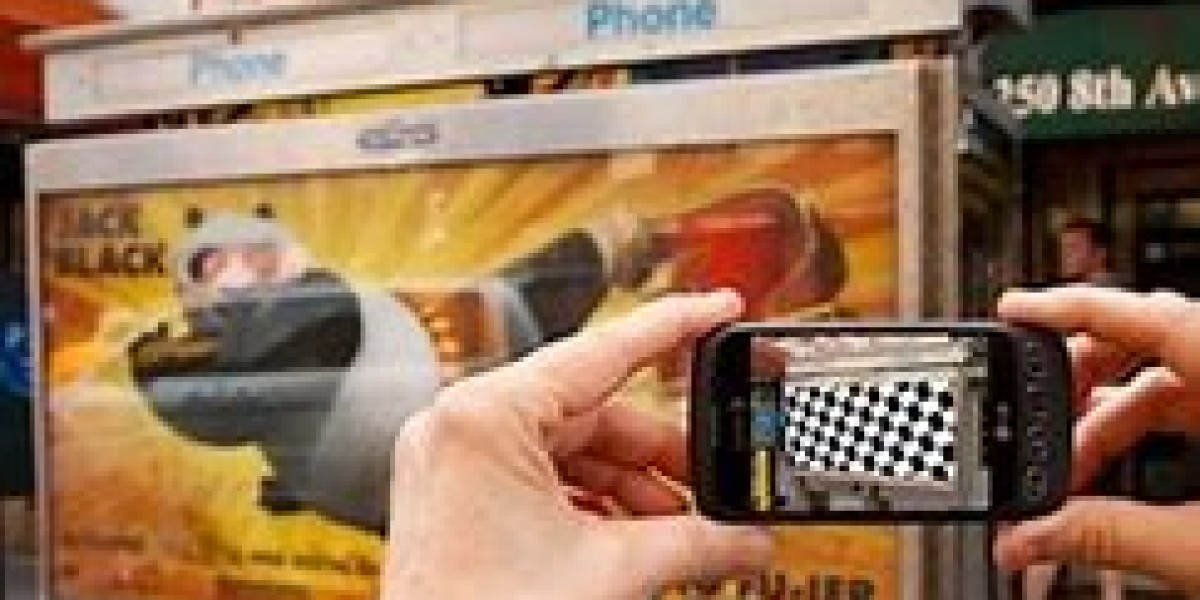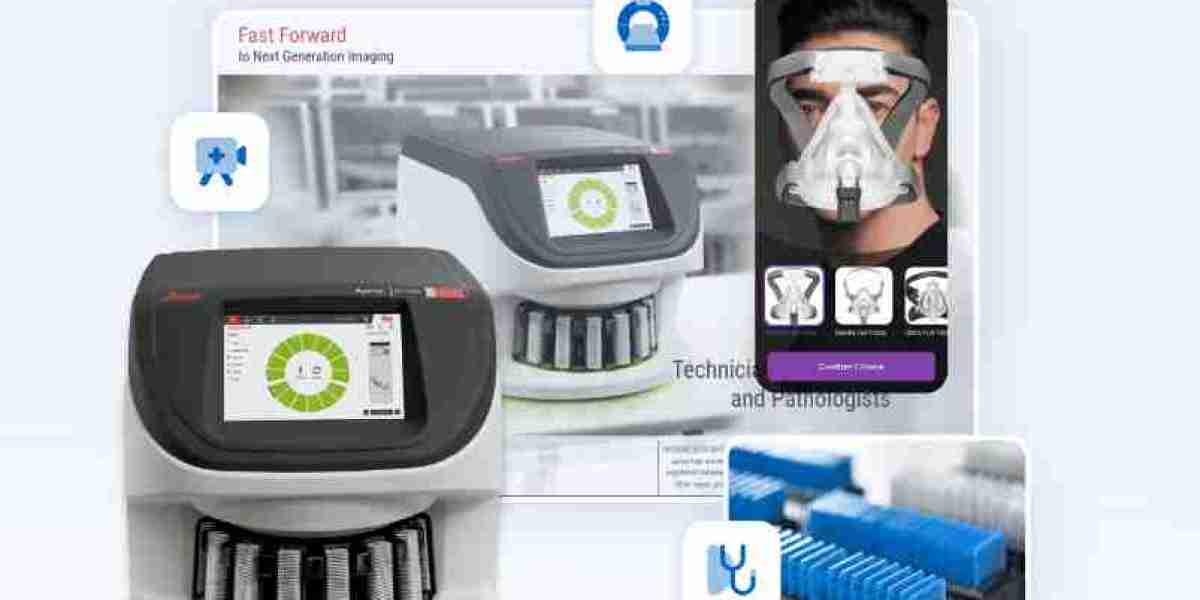Outdoor advertising has long been one of the most visible forms of marketing. Billboards, bus stops, transit signage, and large-scale public installations have historically provided brands with unparalleled reach in urban and high-traffic environments. However, in a media landscape increasingly defined by digital interaction and personalized engagement, traditional outdoor advertising must evolve to remain effective. Enter Augmented Reality (AR) — a transformative technology that is revolutionizing the way brands connect with audiences in public spaces.
What is AR in Outdoor Advertising?
Augmented Reality overlays digital content — such as images, sounds, or interactive data — onto the real world through devices like smartphones, AR glasses, or tablets. In the context of outdoor advertising, this means turning static ads into immersive experiences that invite interaction, engagement, and shareability.
Rather than passively observing a billboard, for example, a passerby could use their smartphone to scan the display and trigger an animated 3D character that walks alongside them or a product demo that appears in real-time. These experiences are not only engaging but also memorable, making AR a powerful tool for increasing brand recall and consumer interaction.
The Evolution of Out-of-Home (OOH) Advertising
The outdoor advertising industry, also known as Out-of-Home (OOH) advertising, has always been about visibility. Its strength lies in its ability to reach large audiences in densely populated areas. But the traditional format lacks personalization and interactivity — two hallmarks of today’s digital-first consumer expectations.
The integration of AR into OOH advertising marks a significant shift in strategy. Advertisers can now combine the massive reach of OOH with the personalized, dynamic engagement of digital platforms. This fusion creates what is often called "phygital" experiences — a blend of physical and digital interactions.
Real-World Applications
AR in outdoor advertising is already being used in creative and impactful ways around the world:
- Pepsi Max's "Unbelievable Bus Shelter" Campaign: In London, Pepsi transformed a bus shelter into a window into a parallel universe. Through AR, it displayed UFOs, robots, and tigers on the street to startled (and amused) pedestrians. The campaign was not only a viral hit but also demonstrated how AR could turn ordinary spaces into extraordinary brand experiences.
- Nike's Interactive Sneaker Launch: Nike used AR to promote a new line of sneakers by enabling users to scan posters around cities, which then revealed an interactive 3D model of the shoe. Users could rotate, explore, and even buy the product directly from their phones.
- Burger King's "Burn That Ad" Campaign: In Brazil, Burger King encouraged users to use its app to digitally "burn" competitors’ ads. When users pointed their phones at a rival’s billboard, flames would engulf it via AR, and the user would receive a free Whopper. This campaign cleverly combined AR, mobile engagement, and competitive positioning to great effect.
These examples illustrate how AR can turn the once-static world of OOH advertising into an interactive playground for brands and consumers alike.
The Business Case for AR in OOH
There’s more than just novelty behind AR's growing role in outdoor advertising. The technology is delivering measurable business benefits, including:
- Increased Engagement: AR ads are more likely to be noticed and remembered. According to a report by Deloitte, AR experiences can hold a consumer's attention for over 85 seconds on average, increase interaction rates by 20%, and improve click-through rates by 33% (source).
- Higher Conversion Rates: When consumers engage with AR ads, they’re more likely to take action — whether that’s visiting a website, trying a product, or making a purchase. Shopify reports that products with AR content showed a 94% higher conversion rate than products without it (source).
- Enhanced Data Collection: Traditional OOH lacks metrics. With AR, advertisers can track interactions — how long users engage, what features they explore, and whether they share the content — providing valuable insights to refine future campaigns.
- Shareability and Virality: AR experiences are inherently share-worthy. They often lead to user-generated content on social media platforms, giving campaigns an organic boost and extending their reach far beyond their physical locations.
Technological Enablers
Several technological advancements have made AR in outdoor advertising more accessible and scalable:
- Widespread Smartphone Adoption: Nearly every consumer now carries a device capable of displaying AR content, reducing the need for specialized hardware.
- 5G Networks: High-speed mobile internet enables more complex and real-time AR experiences without long load times.
- WebAR: Users no longer need to download an app to engage with AR experiences. Web-based AR (WebAR) works directly in browsers, removing friction from the user journey.
Challenges and Considerations
While AR offers exciting possibilities, it’s not without challenges:
- Development Costs: Creating high-quality AR experiences can be expensive and resource-intensive. However, costs are decreasing as tools and platforms become more widely available.
- User Education: Not all consumers are familiar with AR or how to use it. Campaigns must include clear instructions to maximize participation.
- Privacy and Data Use: Collecting user interaction data via AR raises questions about data security and consent. Brands must navigate these concerns carefully and transparently.
- Content Relevance: As with any ad medium, poor creative execution can render AR ineffective. The novelty of AR alone isn’t enough — the experience must be meaningful, relevant, and aligned with brand values.
Future Outlook
The future of AR in outdoor advertising looks promising. As technology becomes more integrated into daily life, especially with the advent of wearable AR devices like Apple Vision Pro and Meta’s AR glasses, the barrier between digital and physical will continue to blur.
Brands will have the opportunity to create persistent AR experiences — where digital content exists in real-world locations long-term, not just for a single campaign. Imagine walking down a street where storefronts dynamically display personalized ads or where public art installations come to life with digital stories.
We can also expect programmatic AR advertising, where AR ad content is delivered based on real-time data such as weather, time of day, user demographics, or behavioral data — adding a new layer of personalization and efficiency to outdoor campaigns.
Governments and city planners may also get involved, setting up "AR zones" or digital infrastructure that supports large-scale immersive advertising, making public spaces both functional and interactive.
Conclusion
Augmented Reality is ushering in a new era of outdoor advertising — one that is immersive, interactive, and intimately connected to the consumer’s digital life. Far from replacing traditional media, AR enhances its impact, turning passive observation into active engagement.
With proven metrics around engagement and conversion, and with technological advancements making it more accessible than ever, AR represents not just a trend but a fundamental shift in how brands communicate in public spaces.
The rise of AR in outdoor advertising signals a future where every street corner, billboard, and transit stop could serve as a portal into a brand’s world. For advertisers willing to invest in creativity and innovation, the possibilities are nearly limitless.



